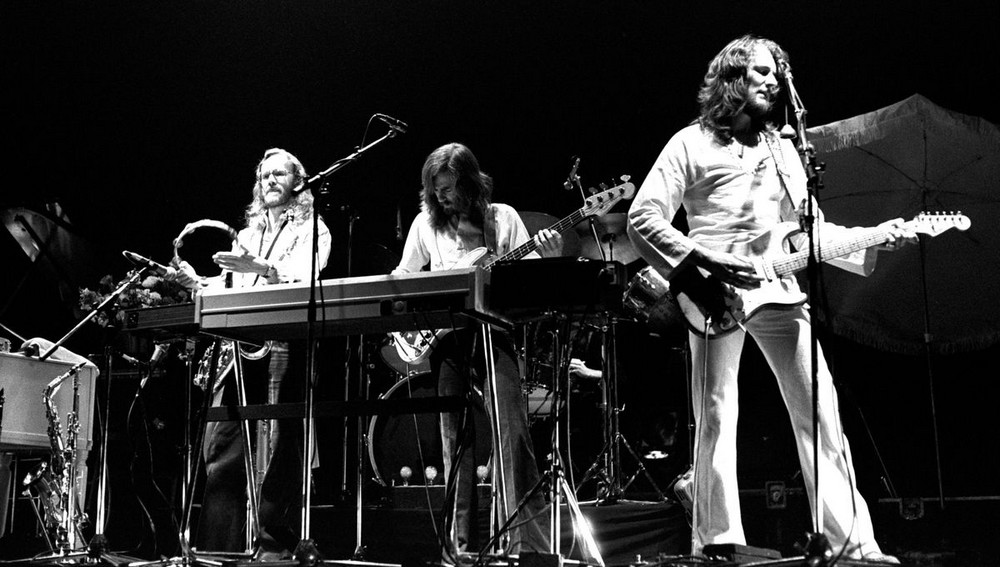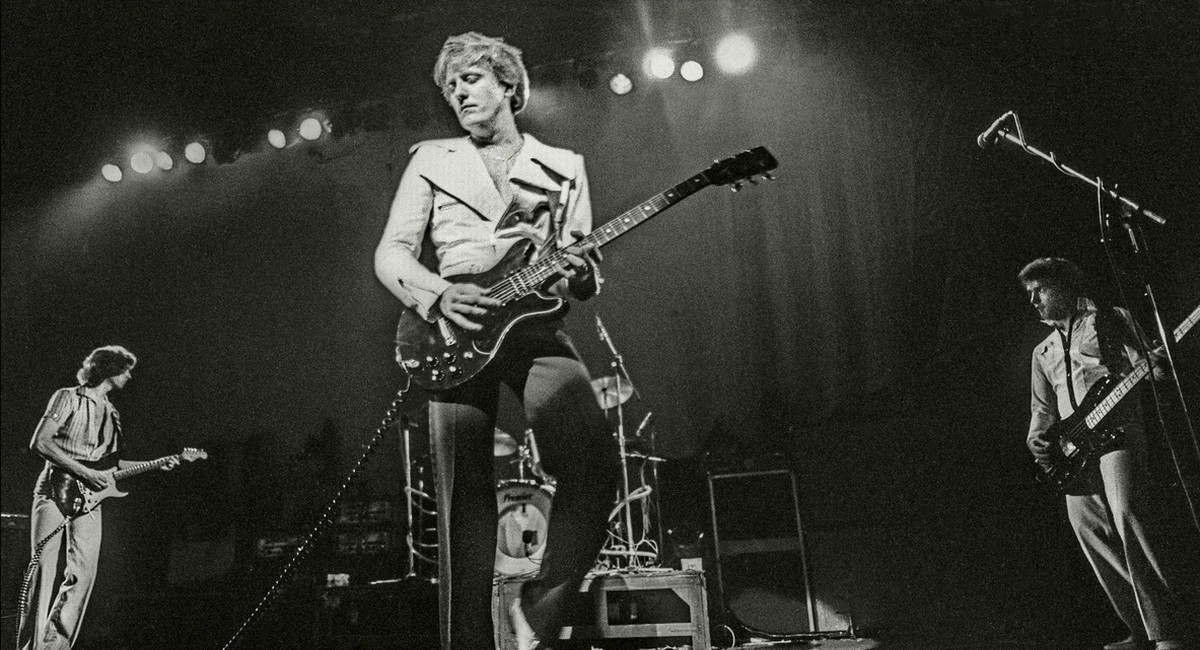Harmony, tension and creative forces
Supertramp emerged in London in 1969 when keyboardist Rick Davies, encouraged by a Dutch benefactor, brought together a group of musicians to explore new paths in rock. Among them was Roger Hodgson, whose melodic sense and distinctive voice soon shaped the identity of the band. Their early albums, filled with experimentation and searching, showed ambition but struggled to find a wide audience. The group kept refining its sound, moving between progressive textures and melodic songwriting, always with a taste for rich instrumentation and an openness to new arrangements.
By the mid 1970s, Supertramp had found its own voice with the release of Crime of the Century in 1974. This record introduced the balance between Davies’ darker, bluesy tones and Hodgson’s lighter, melodic approach. Songs like Dreamer and School gave listeners soaring melodies, sharp lyrics, and unexpected structures that blended rock energy with refined arrangements. The saxophone of John Helliwell added warmth and a distinctive character that became one of the signatures of their sound.
The band continued to expand its horizons with Crisis? What Crisis? and Even in the Quietest Moments. The former presented a tighter and more direct collection, while the latter brought the timeless ballad Give a Little Bit. These works showed a group capable of writing songs that could live both on stage and on the radio. Their music was filled with piano lines that danced lightly or carried a heavy weight, layered vocals that built haunting harmonies, and lyrics that explored themes of society, alienation, and human fragility.
In 1979 came Breakfast in America, the album that brought international acclaim. Tracks like The Logical Song, Goodbye Stranger, Take the Long Way Home, and the title track reached millions of listeners. The record’s bright production, catchy melodies, and lyrical depth gave it a resonance across continents. The cover, featuring a waitress holding a glass of orange juice in front of the New York skyline, became an icon of the era. With this album, Supertramp entered arenas and stadiums, filling them with an audience eager to sing along to songs that blended intimacy and grandeur.
The years that followed were marked by tension between Davies and Hodgson, as their artistic visions diverged. Famous Last Words in 1982 contained memorable pieces such as It’s Raining Again and My Kind of Lady, yet it also announced a turning point. Hodgson left the group after its release, leaving Davies as the main creative force. The band carried on, touring and recording, though the chemistry of the classic lineup could never be fully reproduced.

Despite these changes, the legacy of the classic period continued to grow. Songs from the 1970s and early 1980s remained staples on radio and in the memories of fans. The balance between pop sensibility and progressive structure, between accessible melodies and complex arrangements, secured Supertramp a unique place in the rock landscape. Their concerts, filled with long instrumental passages, powerful dynamics, and charismatic performances, added another dimension to their reputation.
The musicianship of Supertramp was always central. Davies’ piano provided the foundation, Hodgson’s 12 string guitar and high vocals soared above it, and the rhythm section of Dougie Thomson on bass and Bob Siebenberg on drums anchored the sound. John Helliwell’s saxophone and clarinet gave texture and atmosphere, creating moments of lightness or melancholy that listeners carried with them long after the music stopped. Each instrument had space to breathe, yet together they formed a powerful collective voice.
Cultural impact is felt in the way their songs became soundtracks to personal and collective memories. The reflective words of The Logical Song captured the disillusionment of growing up, while the hopeful refrain of Give a Little Bit invited connection and generosity. The band’s music crossed borders, languages, and generations, echoing in cars, homes, and concert halls around the world. Their albums remain touchstones for listeners who seek both melody and meaning.
Supertramp’s story is one of ambition, collaboration, and enduring influence. From the quiet beginnings of young musicians in London to global tours and timeless records, their journey speaks through music that continues to inspire. The blend of artistry, emotion, and craftsmanship left a mark that endures, a body of work that resonates with clarity and strength decades after its creation.





